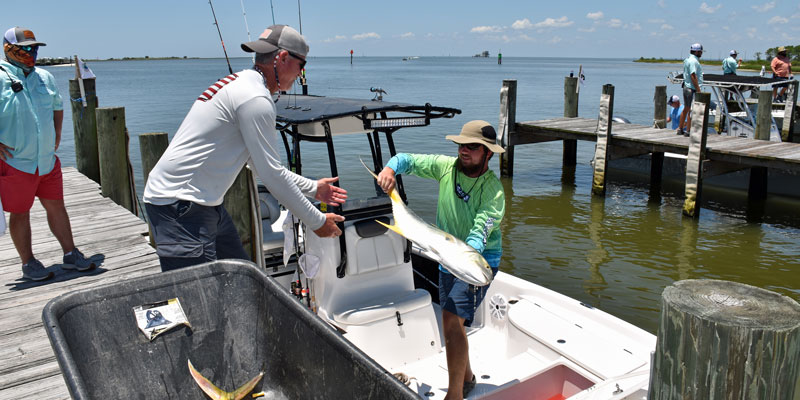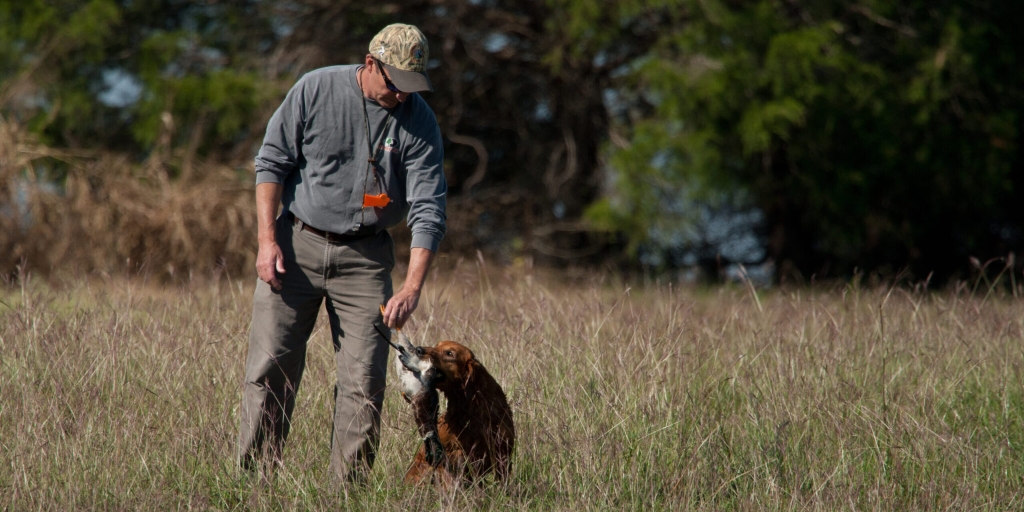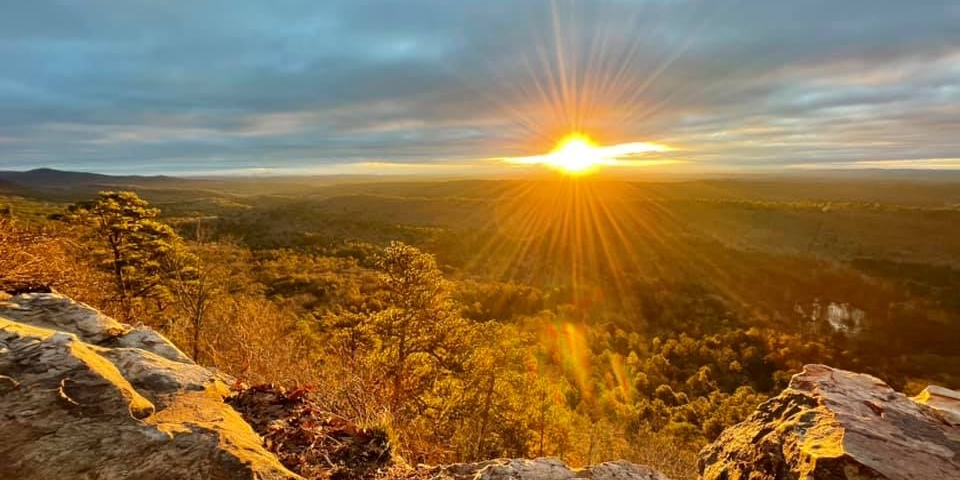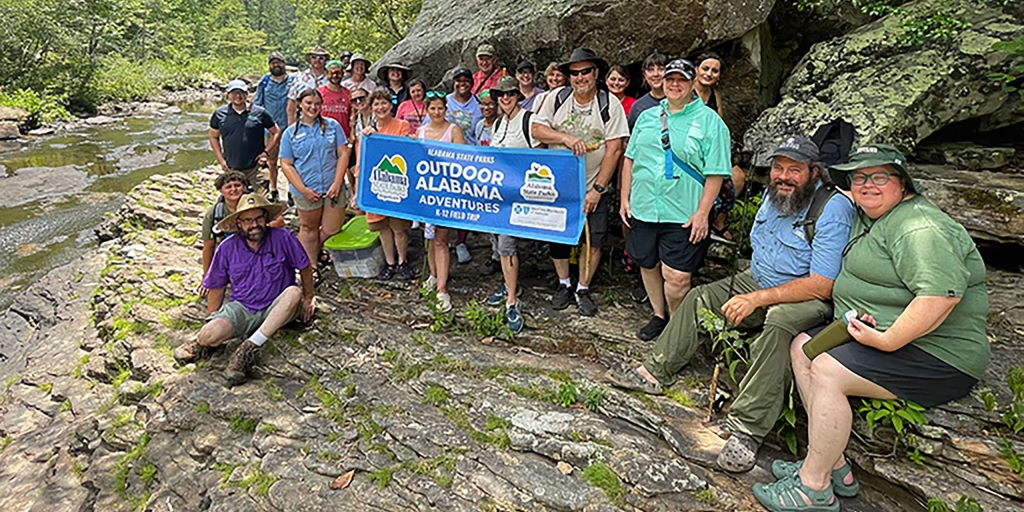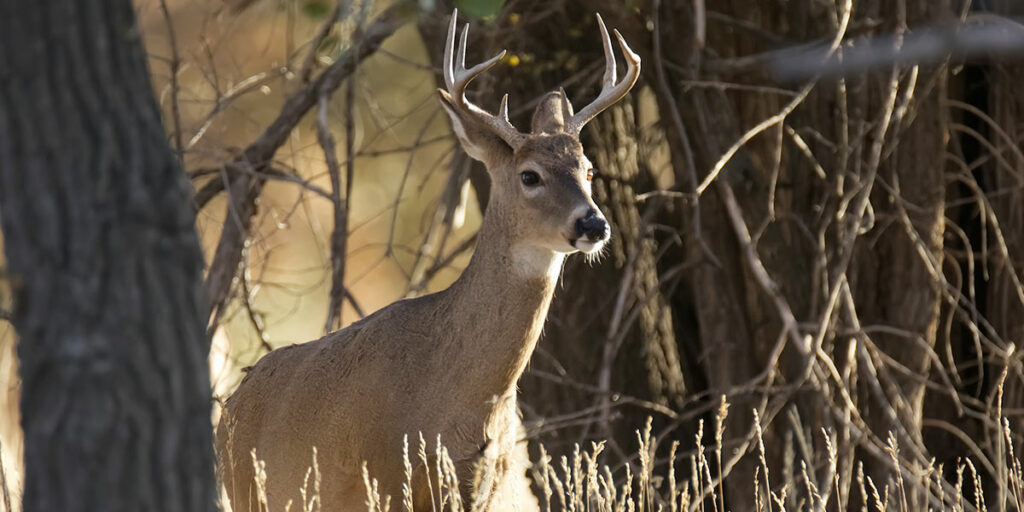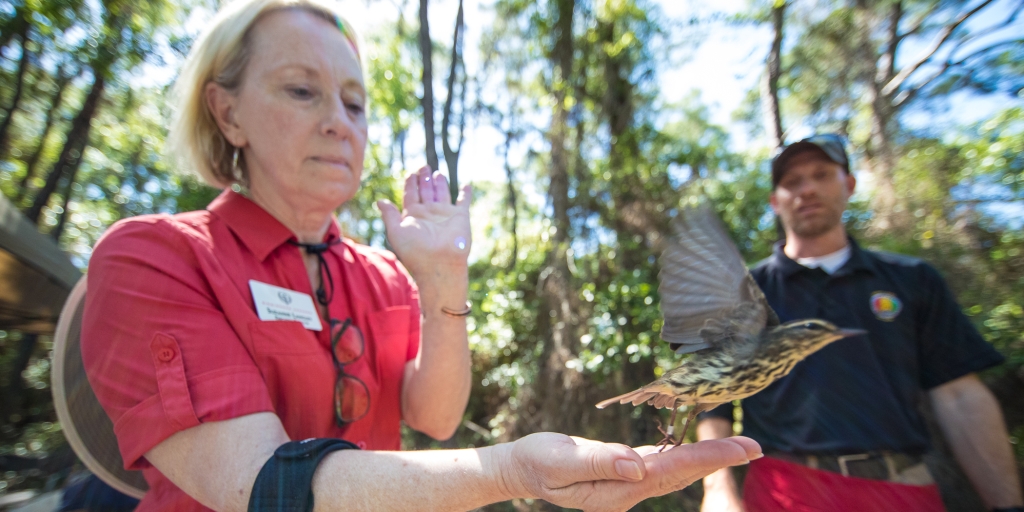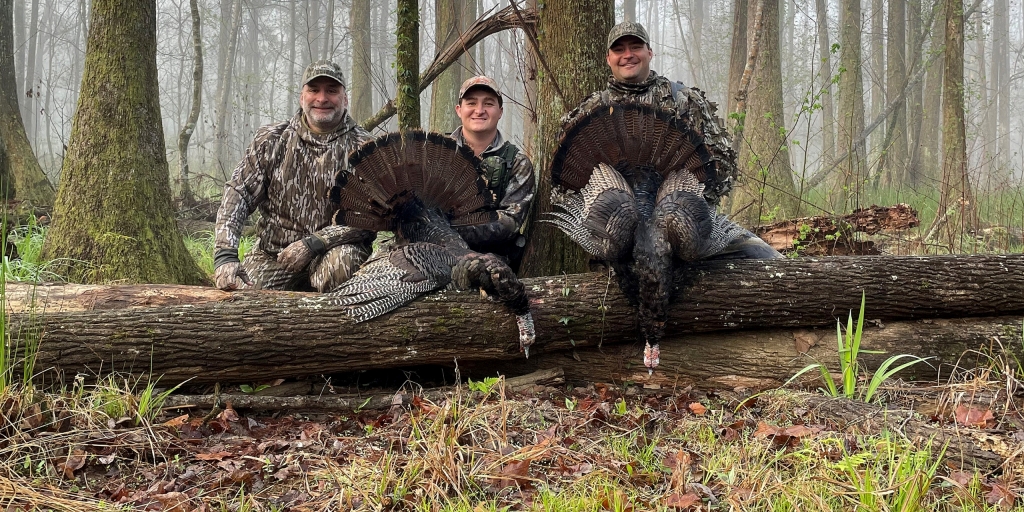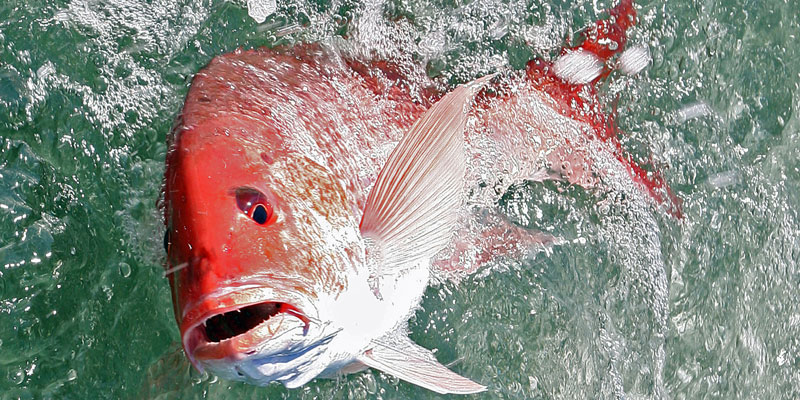Good news was abundant at the 92nd annual Alabama Deep Sea Fishing Rodeo (ADSFR), certified as the largest saltwater fishing tournament in the world.
With a low-pressure system threatening to make for a bumpy weekend, the skies around Dauphin Island and in the Gulf cleared and made for a great weekend of fishing.
Dr. Sean Powers, long-time ADSFR head judge, also shared excellent news about one of Alabama’s most popular inshore species – speckled trout or spotted seatrout if you’re a stickler for official names.
Powers, Director of the Stokes School of Marine and Environmental Sciences at the University of South Alabama (USA), said a recent update to the scientific assessment of the speckled trout population in Alabama waters indicated a thriving fishery.
“It’s good that we’re at the Deep Sea Fishing Rodeo because pretty much everybody goes out for speckled trout and red snapper,” Powers said. “The other categories are popular, but this is really a speckled trout and red snapper rodeo.”
The Alabama Department of Conservation and Natural Resources’ (ADCNR) Marine Resources Division (MRD) and USA conducted a speckled trout stock assessment five years ago, resulting in a reduction in the bag limit to six fish per person per day with a slot limit of 15 to 22 inches and an exception for one trout over 22 inches.
A recent update of that trout stock assessment indicated the regulation changes were highly effective, according to Powers.
“The original stock assessment said a couple of things – harvest was too high and there weren’t enough larger, older fish in the population,” he said. “We repeated that stock assessment five years later, and the new regulations have reduced the harvest by 50%. Not surprisingly, we now see more older spawners in the population. We also see higher catch per fisherman.
“The stock assessment really backs up what the fishermen have been telling us. From my personal experience, Alabama is one of the few states with a healthy population that is increasing. Louisiana just had to make major regulation changes for seatrout.”
Powers said he was chatting with Capt. Bobby Abruscato, one of the top inshore guides on the Alabama Gulf Coast, about where to go to catch a rodeo-winning speckled trout.
“I asked Bobby where to go to catch a winning trout, Louisiana or where,” Powers said. “He said, ‘Nope, right here.’ He said the Mobile River has some of the biggest trout you’ll see. That’s good to hear from the anglers. That doesn’t mean you’ll always catch speckled trout, but it shows you the science, the regulation changes that had to be made, and now the fishermen are proving that.”
Powers credits the change in regulations for people being able to keep six trout, and have a fishery that is improving.
“I think a lot of it are the regulations,” he said. “The environment has been good for a few years, kind of like flounder, with really good conditions for recruitment (juvenile fish joining the population). I wouldn’t want to see anything changed in the regulations. I think the slot limit has a lot to do with the increase. I think a slot limit is why redfish is so stable in the region, and I was glad to see the removal of the one fish over 26 inches.”
Powers said if anglers are careful with their catch-and-release practices, speckled trout and redfish fare very well after being returned to the water.
The life span of speckled trout usually tops out at nine years, and Powers said trout typically spawn during a March to June period.
“They are protracted spawners,” he said. “They can spawn year-round, but the most activity is that March to June period. They will spawn in the lower (Mobile) bay. They will release eggs and sperm in the water column. The fertilized eggs will turn into larvae in about three or four weeks. The larvae will look for seagrass beds and marsh areas, really looking for grassy type areas. Most of the time, you’ll see the larvae and juveniles in the higher salinity areas, but sometimes the (Mobile-Tensaw) Delta has a high enough salinity for them to go in.
“It takes about two years for them to reach that 15-inch minimum, and they’ll start reproducing at an early age. Females are larger than the males.”
MRD Director Scott Bannon said the ADSFR is unparalleled in angler participation and the ability to collect so many fish samples for science.
“The Deep Sea Fishing Rodeo is an iconic event here in south Alabama, but it is also unique in the fact that it is the largest fishing tournament in the country and probably has more scientists and science students per square foot than some schools,” Bannon said. “I love to see the excitement on anglers faces as they bring in their catch. We have kids to congressmen (Congressman Barry Moore weighed in a vermillion snapper) bring fish to the weigh station. It reminds me of how blessed we are to have so many species of fish readily available to anglers.
“The rodeo also helps verify what Dr. Powers and his folks at South Alabama are telling us about the health of stocks, specifically our reef fish, flounder, and spotted seatrout.”
Other USA research funded by MRD includes tagging popular inshore species with acoustic devices that are picked up by sonic receiver arrays throughout coastal waters.
“Speckled trout do move a lot,” Powers said. “They have seasonal movement. They’re in the upper bay during certain times and in the lower bay at other times. It appears females and males separate if they’re not spawning and move to different habitat, which is really interesting. We do share a lot of seatrout with Mississippi through the Mississippi Sound connection. The movement is determined a lot by river outflow and bait, obviously. They’ll feed on shrimp and juvenile crabs until they’re 16 to 18 inches, and then they switch over to fish almost exclusively. They’re following menhaden (pogies) and croakers as they get older.
“One of the ways we know where the bigger trout are is through the rodeo. For example, one of the most valuable pieces of information is the anglers telling us where those bigger trout are coming from.”
The red snapper category at the rodeo also bolstered a survey done by USA and MRD that indicated a thriving population of red snapper and other reef fish in Alabama’s vast artificial reef zone. The survey estimated that 7.6 million snapper live off the Alabama coast in water up to 350 feet.
Krueger Heins prevailed in this year’s red snapper category with a 32.28-pound whopper, followed by Randall Alvarez at 29.67 pounds and Bryan Reeves at 28.62 pounds.
Of course, the shark species always draw a crowd when a bull or tiger shark is weighed in with the huge crane at the rodeo site.
There were no record breakers this year, but renowned shark angler Ray Crumbley won the tiger shark category with a 690.8-pounder, followed by Colin Shepard at 637.3 and Wes Lawrence at 507.4. James Joullian took the top prize in the bull shark category with a 370-pounder, followed by Britton Womack at 355 and Dylan Crawford at 349.
Another rodeo catch of note was the 55.6-pound king mackerel landed by Jeffrey Gates of the Get Layed Fishing Team out of Fairhope. The fish won the Southern Response Service King Mackerel Jackpot by more than nine pounds.
David Rainer is an award-winning writer who has covered Alabama’s great outdoors for 25 years. The former outdoors editor at the Mobile Press-Register, he writes for Outdoor Alabama, the website of the Alabama Department of Conservation and Natural Resources.




